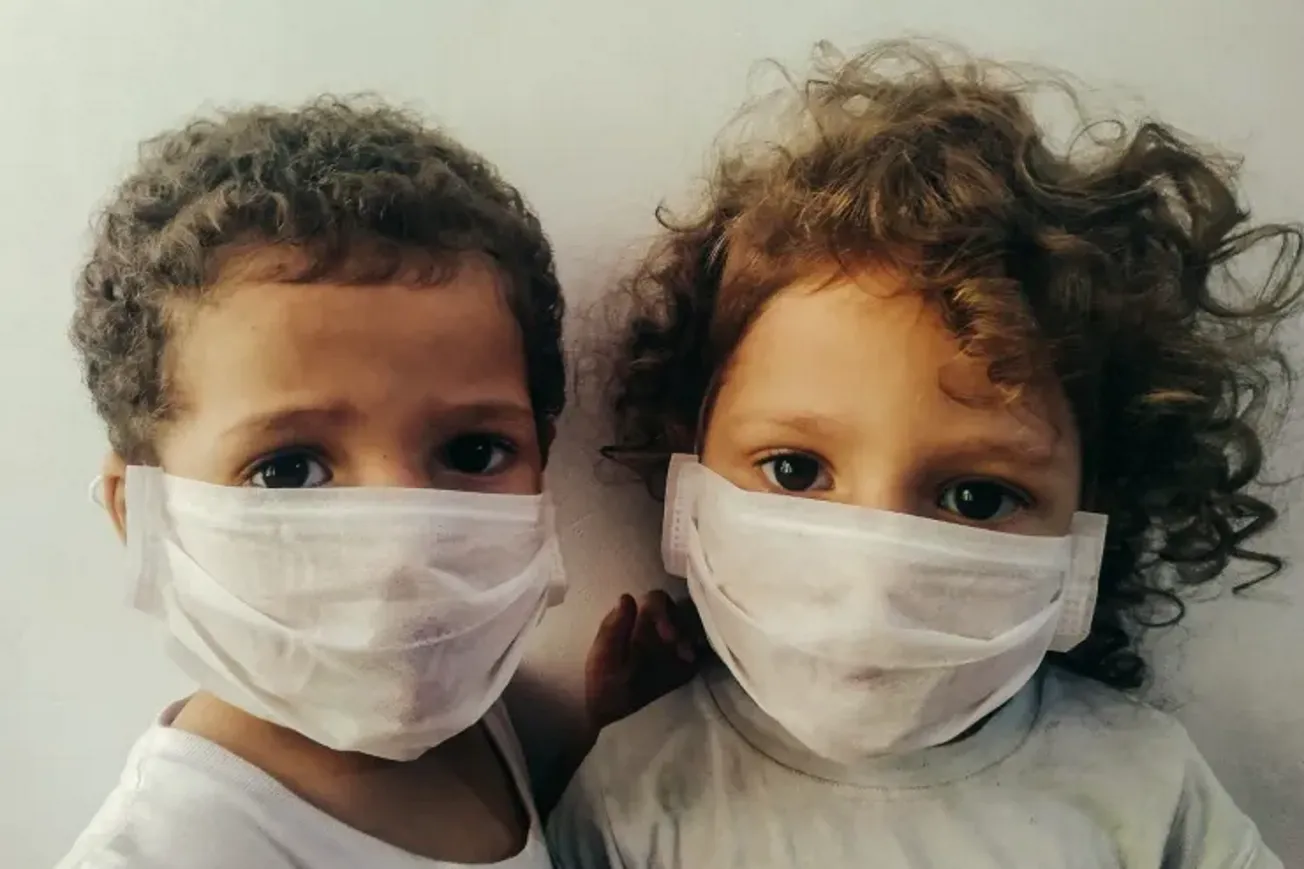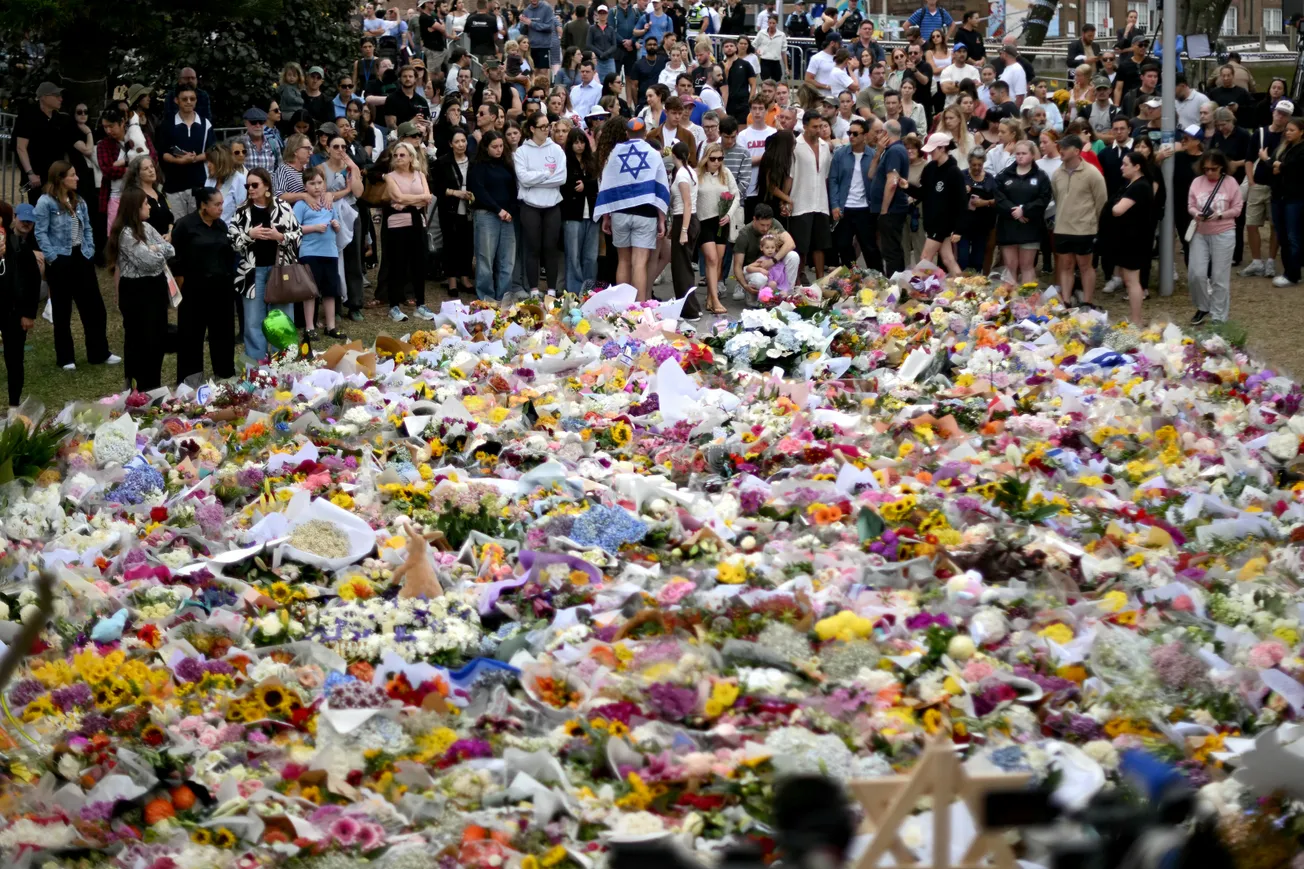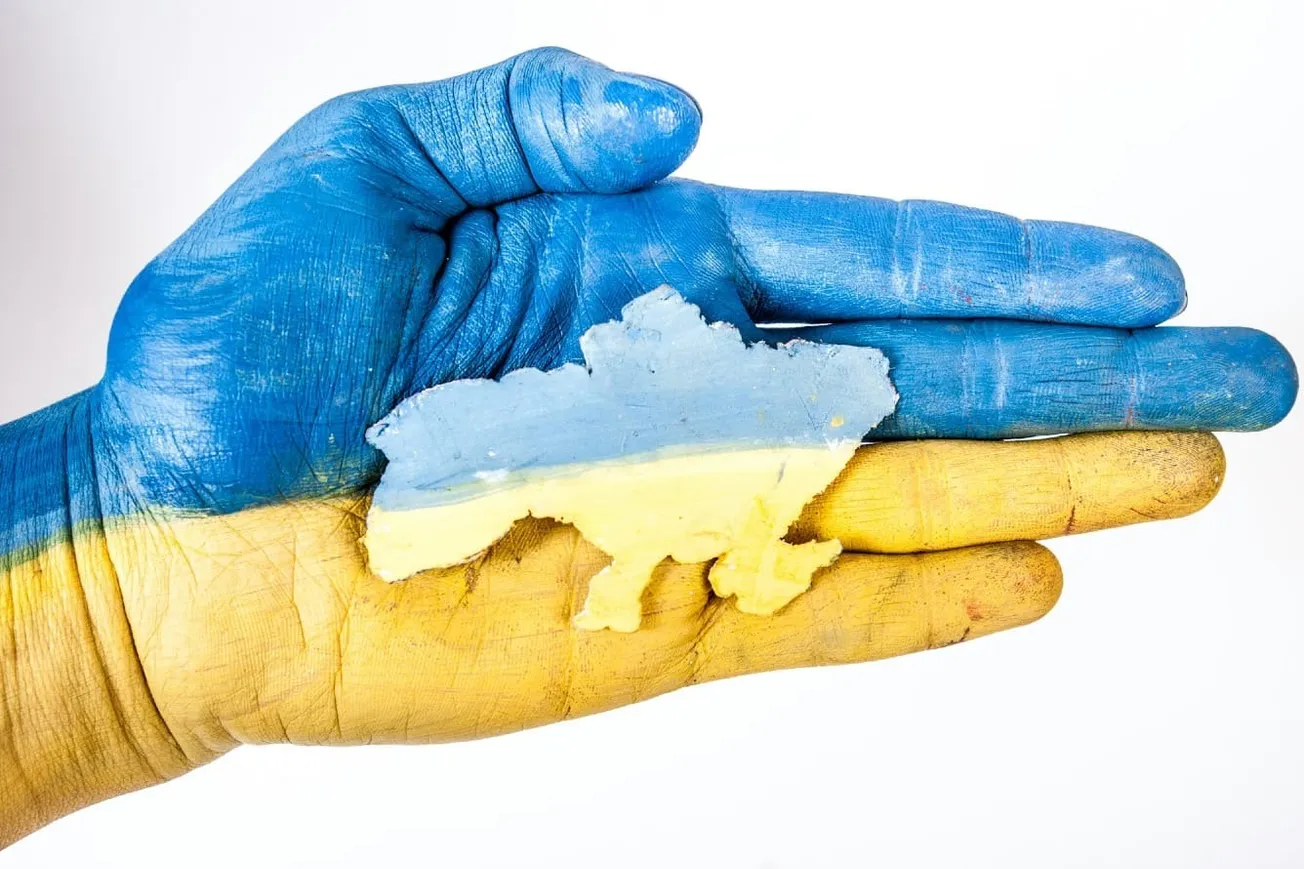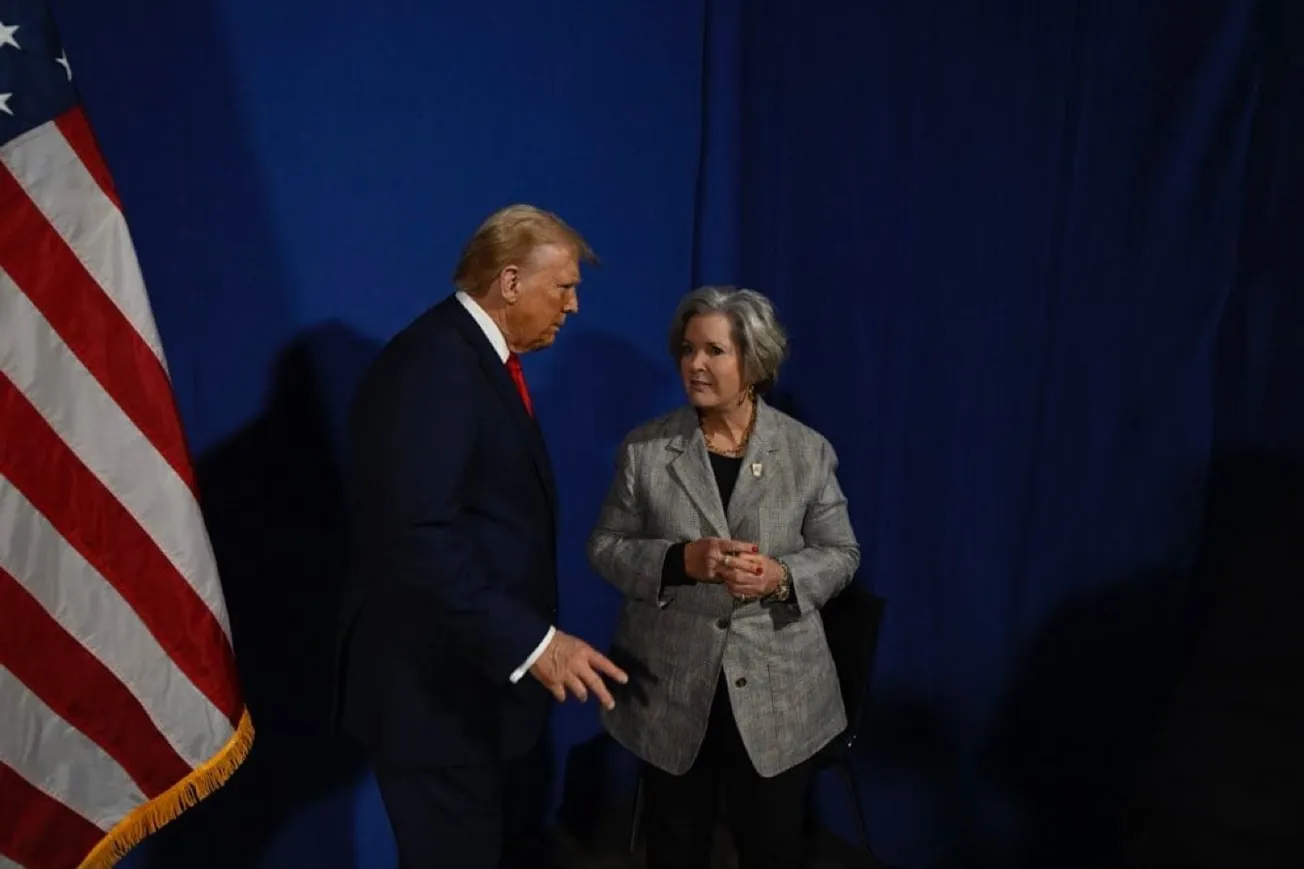Fearing a huge winter upswing in the number of COVID and flu cases, government officials are once again calling on Americans to don their masks to keep the deadly viruses from spreading. But some take it a step further, suggesting even children 5 and under should put on masks. The latest I&I/TIPP Poll asks: Is that a good idea?
The answer, probably not surprisingly to anyone, appears to depend heavily on a variety of factors, including where you live, your race, your gender and your political leanings. So, at the very least, we’re likely in for another politicized debate over the practice of masking, this time for the youngest among us.
The I&I/TIPP Poll, taken online from Dec. 7-9, asked 1,351 American adults the following simple question: “Is it a good or bad idea to put masks on children under age 5 to deal with COVID?”
The response to the online poll, which has a margin of error of +/-2.8 percentage points, was split nearly evenly: 39% said it was a good idea, versus 38% who said it was a bad idea. Because of the size of the margin of error, that means it’s basically a tossup.
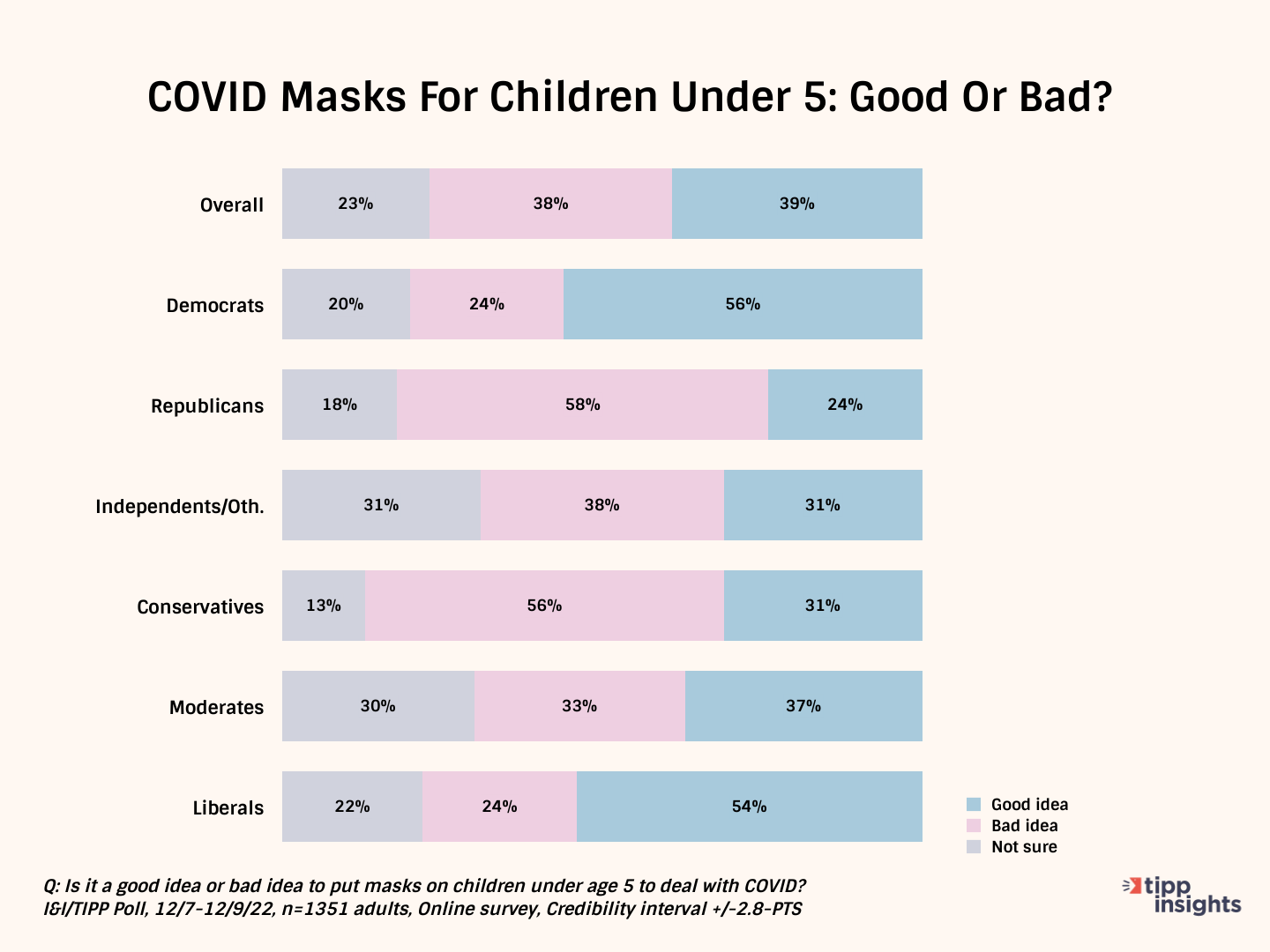
The same can’t be said when it comes to responses by political party, ideology, gender and race. In each of those, significant difference emerge.
Take political party. A solid majority of Democrats (56%) believe masking children under 5 is a good idea, compared with just 24% of Republicans and 31% of independents. Conversely, only 24% of Democrats said it was a bad idea, versus 58% of Republicans and 38% of independents.
And, once again, Democrats are the outliers among the three major parties on a COVID-related question.
Ideology might be the clearest indicator of where someone is likely to stand on this question. Self-described conservatives, at 56%, are most likely to call masking the youngest children a “bad idea,” with just 31% call it good. Moderates, at 33% to 37%, have a bare plurality calling the practice “good.”
Those calling themselves liberal embrace the idea, and overwhelmingly, by 54% “good” to 24% “bad.”
Race was another big difference. Just 33% of white Americans said masking the youngest kids was a good idea, compared to 48% of blacks and Hispanics. Among whites, 44% thought it was a bad idea, compared to just 28% of the black/Hispanic group.
By gender, men (42%) were somewhat more favorable toward masking than women (36%). And women were more likely (39%) to call it a bad idea than men (37%).
One other significant gap in the data answers: Geography – responses of city dwellers, suburbanites, and people who live in the country. Among those living in urban areas, a majority of 51% say masking the youngest among us is a good idea. Just 35% of those in the suburbs and 30% in rural areas agree.
What accounts for the sometimes big differences among groups, even though overall data suggest Americans are pretty evenly split?
The fact is, when it comes to lockdowns and masking, there appears to be little hard evidence that masks do much to prevent transmission of COVID and its variants.
A recent spate of legitimate medical studies, some suppressed by the media and activists, suggest that not only are there few if any differences among the various types of masks worn to protect against viral infection, but “the data is consistent with mask wearing having modest or no direct effect on COVID-related outcomes,” as one major study found.
Still another study of mask use asserted there “was no discernible effect of the mask intervention on Covid infection.”
Both those studies were done in response to a highly publicized 6,000-patient study conducted in Bangladesh that purported to show significant benefits from masking. Closer looks at the data and the conclusions found no such benefits.
If that’s true, why mask children, the least vulnerable group statistically to COVID and its variants? After all, many of the same “scientific” arguments were made in closing schools to “prevent the spread” of COVID.
This year’s National Assessment of Educational Progress, called the “nation’s report card,” had devastating news to deliver to parents, according to the Associated Press:
Across the country, math scores saw their largest decreases ever. Reading scores dropped to 1992 levels. Nearly four in 10 eighth graders failed to grasp basic math concepts. Not a single state saw a notable improvement in their average test scores, with some simply treading water at best.
Masking the youngest children will only worsen that trend as they enter school. Based on recent data, it’s clear that lockdowns and masking did little if anything to help kids or even to keep them safe, but did much to slow their educational and social development.
“(T)he CDC’s own February 2021 double-mask study reported that masking may impede breathing – which can trigger a variety of other problems including acute anxiety attacks in susceptible individuals,” the American Institute for Economic Research noted last year. “These harms are even more likely to occur to children, particularly smaller children.”
Meanwhile, a German registry for parents covering more than 26,000 children found “average wearing time of the mask was 270 minutes per day. Impairments caused by wearing the mask were reported by 68% of the parents. These included irritability (60%), headache (53%), difficulty concentrating (50%), less happiness (49%), reluctance to go to school/kindergarten (44%), malaise (42%), impaired learning (38%) and drowsiness or fatigue (37%).”
As the I&I/TIPP Poll shows, many people, though not a majority, are unhappy about their children’s lives being further disrupted and their development slowed through mandatory masking. Yet, an equally significant number, mostly on the left, feel child-masking is needed to control future outbreaks of COVID.
I&I/TIPP publishes timely, unique and informative data each month on topics of public interest. TIPP reputation for polling excellence comes from being the most accurate pollster for the past five presidential elections.
Terry Jones is an editor of Issues & Insights. His four decades of journalism experience include serving as national issues editor, economics editor, and editorial page editor for Investor’s Business Daily.
Please email editor-tippinsights@technometrica.com

